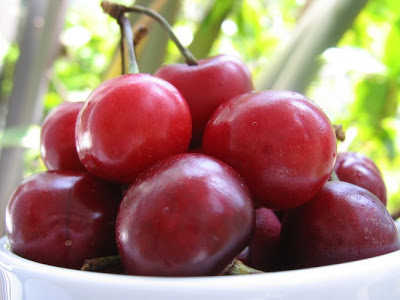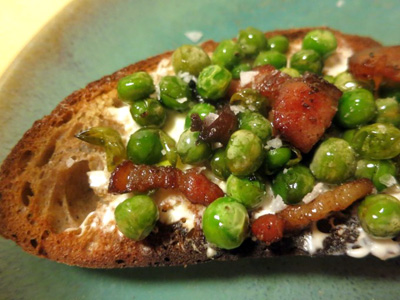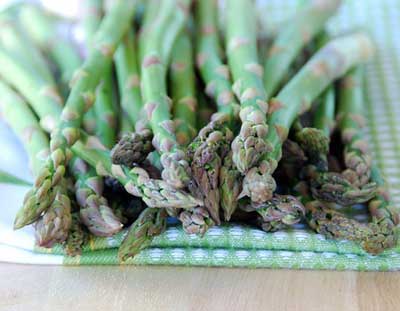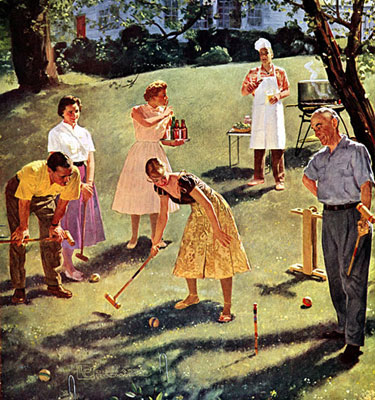 I think most people who shop at farmers’ markets are willing to pay a little more for produce because it’s fresher. There are certain items, however, that are notorious for causing people to balk, such as passionfruit, figs, and, currently, cherries.
I think most people who shop at farmers’ markets are willing to pay a little more for produce because it’s fresher. There are certain items, however, that are notorious for causing people to balk, such as passionfruit, figs, and, currently, cherries.
These fruits all share common traits: they are unique in flavor and appearance, their season is maddeningly short, and they elicit awe in their viewers. Seriously. This past Sunday, I was expecting harp music to start emanating from the cherry table. It’s no surprise; who can resist gushing over fresh cherries? Both kids and adults are smitten by their cheerful color and juicy sweetness. In fact, one farmer was generously offering samples of bing cherries (pictured above) and was practically sainted by grateful market-goers. It doesn’t take much to make us happy.
Despite our love affair with this precious fruit, some people can’t help but haggle over the price, which is about $6-8 per pound. Let me tell you something: No amount of pleading or applauding will get farmers to budge on the price. Why? Because cherries are difficult to grow. They are highly susceptible to insect damage and disease and need to be carefully monitored. They are also highly dependent upon good weather. Even if the cherries make it to fruition, they are prey to birds that are attracted to their bright red color and sweet juice, and typically need to be protected with netting or cheesecloth. Finally, they must picked carefully and are highly perishable, since they do not ripen once harvested. This all adds up to a labor intensive and expensive fruit to produce, which is why the price is high.
 It was one of those days. I had run all over town doing errands when suddenly it was 5 o’clock and I remembered that the fridge was uncharacteristically empty. I got home, ran up the stairs, ran into the kitchen slightly panicked (the Mom must be fed) and saw that the Farmers Market Fairy had come. Really. That’s what Linda calls herself. And in that moment I could have kissed her.
It was one of those days. I had run all over town doing errands when suddenly it was 5 o’clock and I remembered that the fridge was uncharacteristically empty. I got home, ran up the stairs, ran into the kitchen slightly panicked (the Mom must be fed) and saw that the Farmers Market Fairy had come. Really. That’s what Linda calls herself. And in that moment I could have kissed her. 
 This may just be the perfect breakfast bread.
This may just be the perfect breakfast bread. It's May 12th, and asparagus season is nearly over here in Southern California. While the majority of the country enjoys asparagus from April to June, our season usually stretches from late February to early May.
It's May 12th, and asparagus season is nearly over here in Southern California. While the majority of the country enjoys asparagus from April to June, our season usually stretches from late February to early May. I think most people who shop at farmers’ markets are willing to pay a little more for produce because it’s fresher. There are certain items, however, that are notorious for causing people to balk, such as passionfruit, figs, and, currently, cherries.
I think most people who shop at farmers’ markets are willing to pay a little more for produce because it’s fresher. There are certain items, however, that are notorious for causing people to balk, such as passionfruit, figs, and, currently, cherries. From the LA Times
From the LA Times
